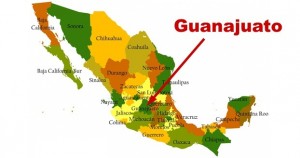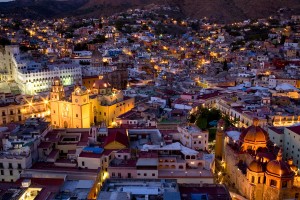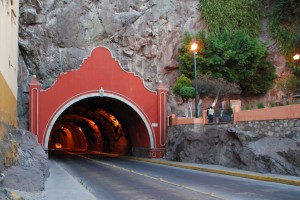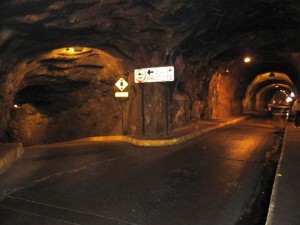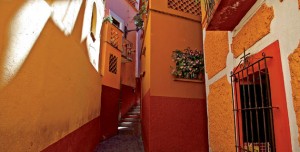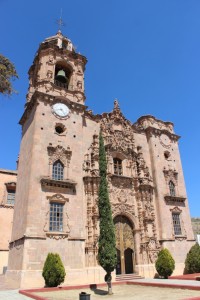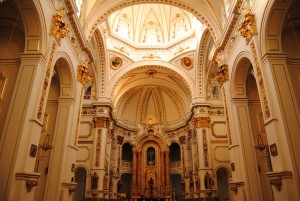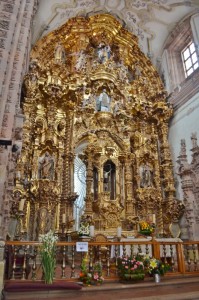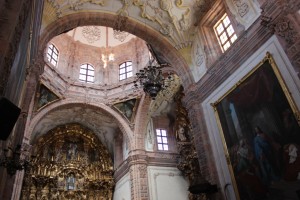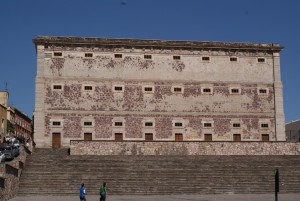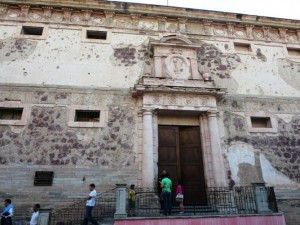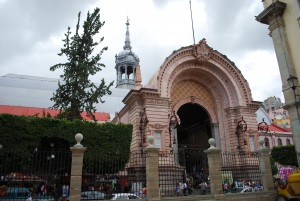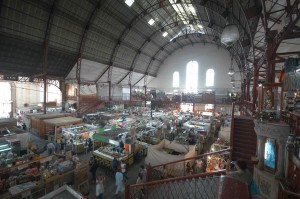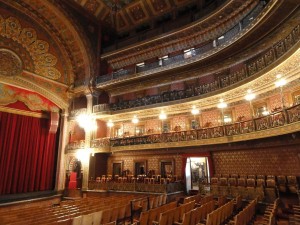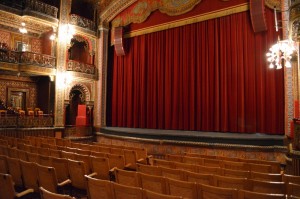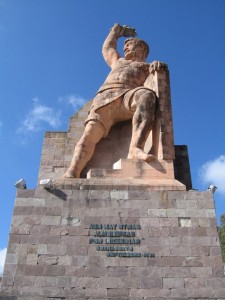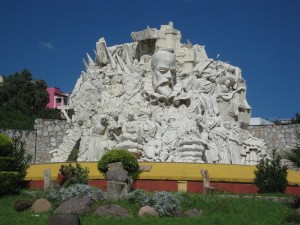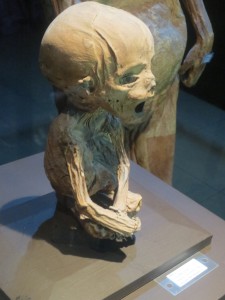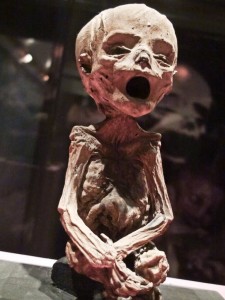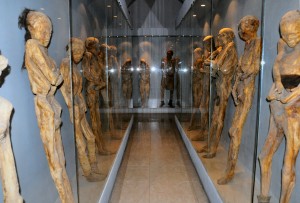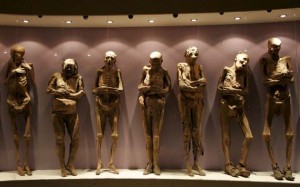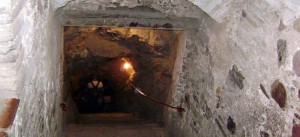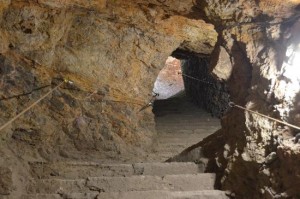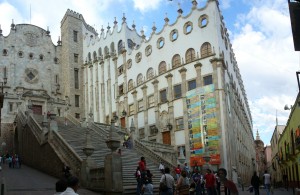Written by Soudip
March 17th 2015Other Places
You Are Here
Home > Mexico > Monuments of Tlacotalpan Historical Facts and PicturesHistoric Town of Guanajuato and Adjacent Mines Historical Facts and Pictures
The central Mexican city of Guanajuato consists of a collection of Baroque and Neoclassical buildings along with the extensive silver mines, in a remarkable setting of deep winding valleys and hills.
Founded by the Spaniards in the 16th century, the historic town with an amazing organization of tunnels, buildings, piazzas, gardens, and alleys shows an outstanding reconstruction of its layout.
The city is home to two magnificent churches La Compania and La Valenciana, both of which are the finest works of Mexican Churrigueresque architecture.
Guanajuato Mexico History
After the discovery of rich deposits of silver and gold in the 16th century, the Spaniards built four fortified structures at Cerro del Cuarto, Santa Ana, Tepetapa and Marfil to protect the miners, new settlers, and prospectors. In the 18th century, additional infrastructure was constructed for water management, in response to two major floods that nearly destroyed Guanajuato city. Since it became the largest hub of silver extraction during the 18th century, the town prospered in economy, which is reflected by impressive Baroque buildings such as Alhondiga de Granditas, Hidalgo Market and Teatro Juarez.
Guanajuato Mummies
The mummies of Guanajuato, located in the Mummy Museum in the Tepetapa region, are one of the main tourist attractions in the city. Previously, the mummies were exhibited in poorly lit tunnels, which visitors had to enter with a candle or torch. The properly lighted modern museum, with a collection of 111 mummies kept inside glasses, was opened in 1970. Today, only 59 of those mummies are on display. The mummies are mostly of commoners like farmers and miners, who died during 1850-1950 and exhumed from the cemetery during 1870-1958.
Guanajuato Mines
The town flourished due to the mines present both inside and outside the city. Some of the oldest neighborhoods in the city got their names from the most popular mines like La Valenciana, San Luisito, Rayas y Mellado, Cata, and La Pastita.
University of Guanajuato
The university, established as children’s Jesuit school in the 18th century, was funded by Teresa de Busto y Maya. Over its history, the institution held many names like Real Colegio de la Purisima Concepcion (in 1767), Colegio Nacional de Guanajuato (in 1867), and finally its current name given in 1945. With 30,000 students studying high school, bachelors as well as graduate degrees, the institution has ten campuses in Guanajuato state. A host of numerous events of Festival Cervantino, the university has a main building constructed in Neoclassical style. The building’s characteristic 113 steps lead to the Callejon del Estudiante.
Category
MexicoWritten by Soudip
March 17th 2015










